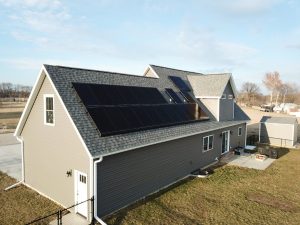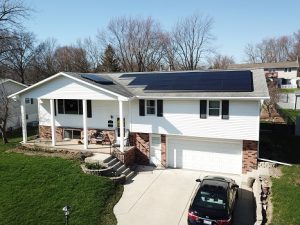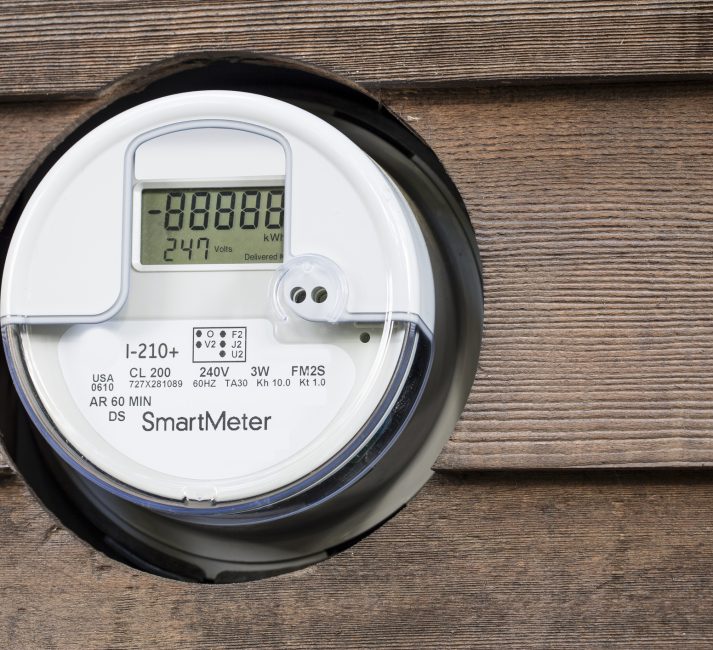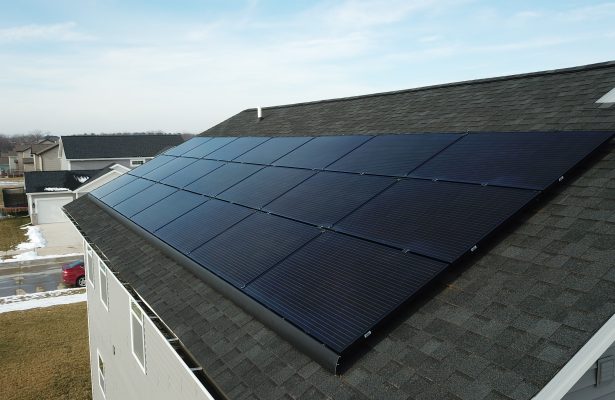
If you have any interest in renewable energy, please take the time out of your day to read about how solar energy works to benefit us all. This page is meant to explain the inner-workings of solar and how these parts all connect to create clean, renewable energy to better the world. If you are interested in how solar would work in your situation, please check our residential, agricultural, and commercial page for more information on these topics.



Net metering is a policy electric providers nationwide are adopting which allows customers to receive a credit on their bill for excess solar production. Toward the end of the solar process, your utility will either reprogram or replace your current electric meter with a net meter which spins in reverse to account for solar production. Engineers create a custom design for every location to determine exactly how many panels it would take to offset your current electrical consumption.
The solar energy system in this example net metering bill produces 461 kWh while the homeowner consumes 1297 kWh offsetting about 35% of the home’s monthly consumption. Instead of paying for the 1297 kWh John Doe is only billed for the 836 kWh.
Our goal: is to build a design that offsets 100% of your power eliminating what you pay to the electric company for power!


Recent in dominance for residential and commercial use is the photovoltaic (PV) cell. The prefix “photo” referring to light and “voltaic” refers to the production of direct current (DC) energy. This cell does not need direct sunlight, the photovoltaic (PV) cell absorbs ultraviolet (UV) rays and convert them into direct current (DC) energy. Cloudy days will decrease a solar system’s performance; however, in some situations, clouds can reflect or even magnify sunlight, increasing the performance of the system.
All solar panels are classified into two categories:
1. Polycrystalline Solar Panels
2. Monocrystalline Solar Panels.
Both monocrystalline and polycrystalline panels have different price advantages. However, the main difference is in the construction of the panel. Monocrystalline solar panels have solar cells cut from a single crystal of silicon. Making the panels substantially more efficient, whereas polycrystalline is the leftover fragments infused together.
The Sun Collectors only use tier one solar panels backed by industry-leading warranties and efficiency.
DC optimizers are installed at the module level meaning that each solar panel has one. This being said DC Optimizers are able to operate better, under shady conditions, than string inverters because each module is acting independently. The module prepares the direct current before sending it to the inverter, which results in greater overall efficiency than using a string inverter alone. Power optimizers offer similar benefits as micro-inverters but tend to be less expensive and so can be a good option between using strictly string inverters or micro-inverters.